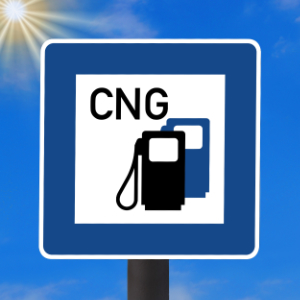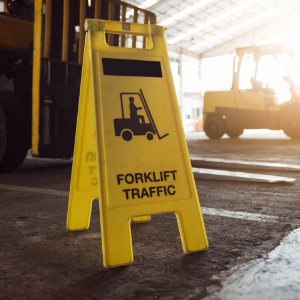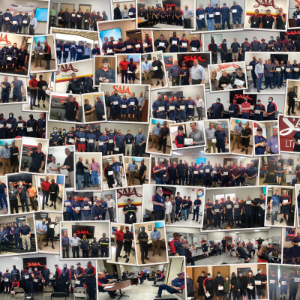Safety Source
Pedestrian Safety and Forklifts
Safety Training Manager Samuel Wilfert outlines the importance of forklift and pedestrian safety and steps that can help prevent accidents.
Many pedestrians or bystanders are injured in forklift-related accidents. These injuries can occur when forklifts strike pedestrians or when pedestrians are struck by falling loads. When there are multiple workers and forklifts moving about the dock, forklift traffic and pedestrian safety are issues that go hand in hand.
That’s why it’s necessary for employees to take pedestrian safety seriously and work to avoid hazards that put both pedestrians as well as operators at risk. Forklift operators should always be aware of conditions in their workplace, including pedestrian traffic. Forklift traffic should be separated from other workers and pedestrians where possible.
Potential hazards:
- Danger of striking pedestrians and objects
Requirements and recommended practices:
- Yield right of way to pedestrians
When a person or a group of people walk across your planned route:
- Stop
- Wait until the pedestrian(s) pass by
- Proceed cautiously through any congested area
If an area is cluttered, walk the route first to spot problems:
- Warn pedestrians, by asking them to move, if there is not sufficient safe clearance
- Sound the horn at blind corners, doorways, and aisles
- Sound the horn or another alarm when you back up

Reminders for forklift drivers:
- Slow down, stop and sound horn at intersections, corners, and wherever your vision is obstructed
- Don’t move the forklift if you don’t have a clear view of travel (Travel in reverse if freight obstructs your view)
- Always look in the direction of travel
- Start, stop, travel, steer and brake smoothly
- Signal to pedestrians to stand clear
- Do not allow anyone to stand or pass under the load or lifting mechanism
- When possible, make eye contact with pedestrians or other forklift operators
- Never drive your forklift up to a pedestrian
- Keep fork blades raised 2-4 inches while traveling on the dock
- When backing out of a trailer, always come to a complete stop at the end of the trailer; Look in both directions before backing out of the trailer onto the dock
Reminders for pedestrians:
- Be aware that forklifts cannot stop suddenly as they’re designed to stop slowly to minimize load damage and maintain stability
- Stand clear of forklifts in operation
- Avoid a run-in…the driver's visibility may be limited due to blind spots
- Be aware of the wide rear swing radius
- Use pedestrian walkways, if available (Avoid high traffic areas such as in front of loading doors)
- Never pass under an elevated load
- Avoid entering a confined area while a forklift is in operation
- Be cautious around loading doors as forklifts may be backing out




